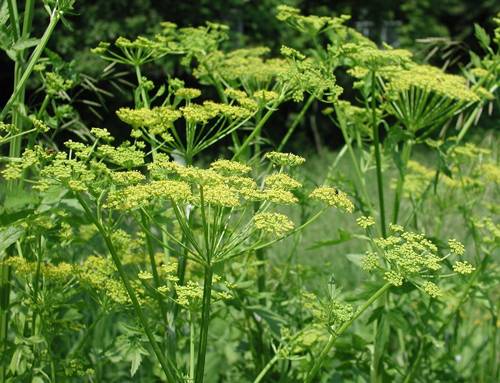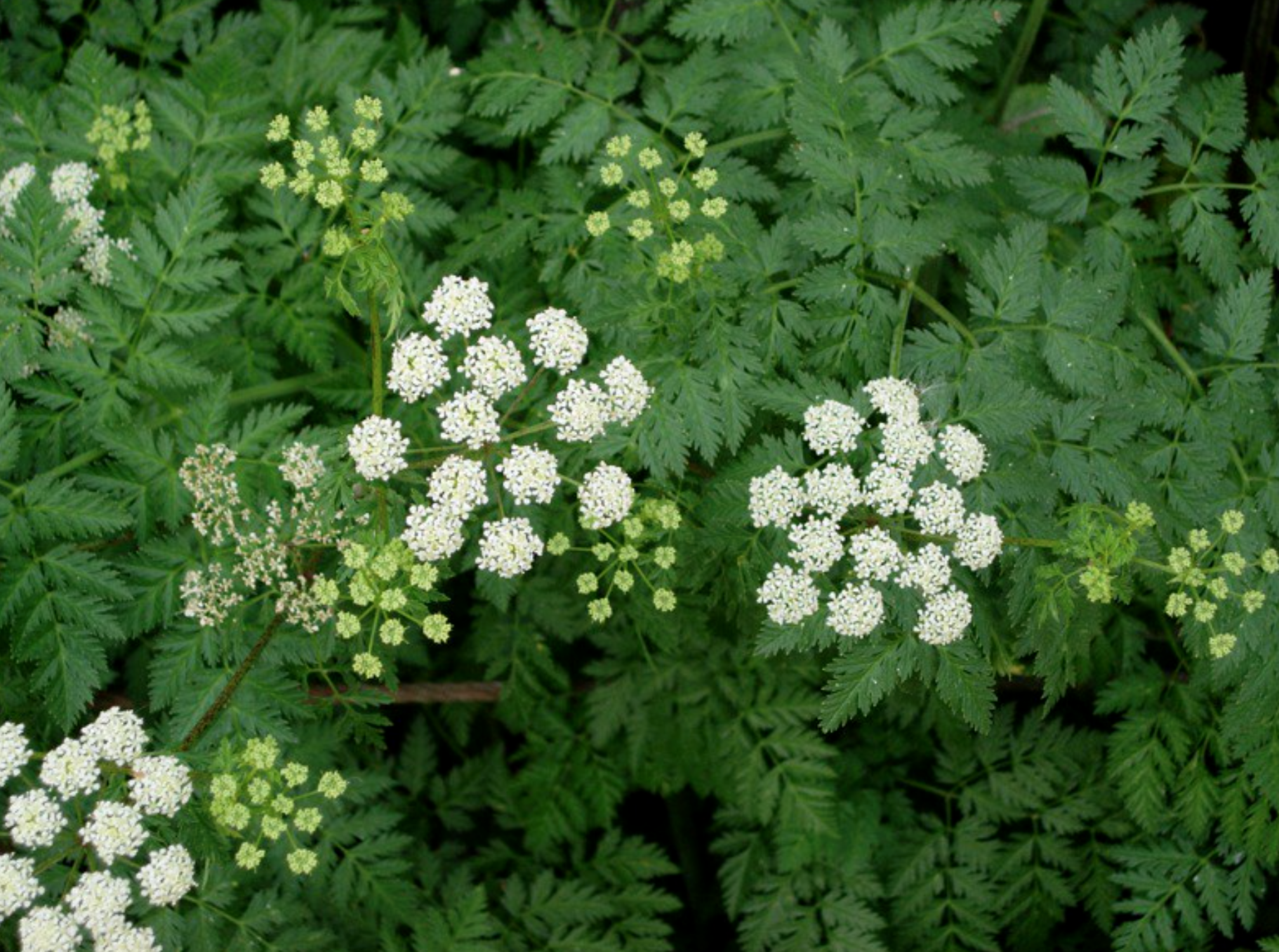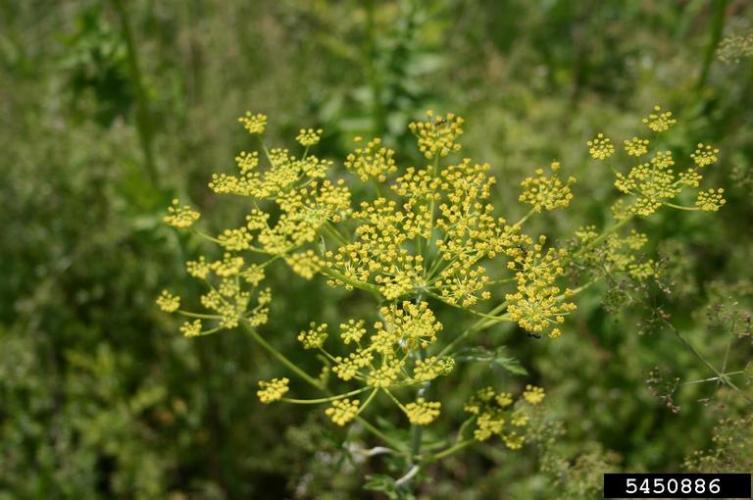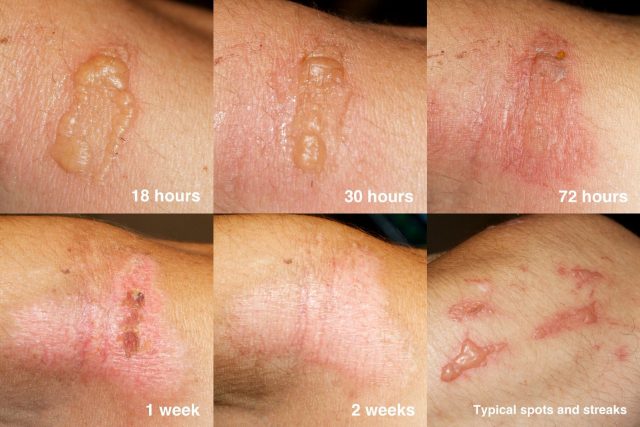OHIO – The Poison Hemlock and wild parsnip are moving north and now flowering in Southern Ohio and thats not a good thing.
Poison Hemlock is one of the most lethal plants found in North America. The plant is biennial weed, a plant that takes two years to complete its biological life cycle. The first year it undergoes primary growth where its leaves stems and roots develop, the second year after the cold months they flower and spreads by seeds.

So how is it poisonous? The Hemlock contains highly toxic piperidine alkaloid compounds, including coniine and gamma-coniceine, which cause respiratory failure and death when ingested by mammals. The roots are more toxic than the leaves and stems; however, all parts of the plant including the seeds should be considered dangerous. It is a common misconception that poison hemlock sap will cause skin rashes and blisters. In fact, poison hemlock toxins must be ingested or enter through the eyes, cuts, or other openings to cause poisoning.
All stages of the plant have the toxin inside. The plant can be controlled by mowing and tilling, herbicides including glyphosate are effective.
Wild Parsnip is also a plant that can hurt by causing intense, localized burning, rash, severe blistering, and discoloration on contact with the skin on sunny days. The sap from the plant can cause skin to have a reaction to sunlight and cause the skin irritations, this plant is more likely to get you than the plant mentioned above.

Contact may occur when working, hiking, and harvesting crops, including when visiting u-pick operations. To reduce the risk of exposure to wild parsnip sap, when undertaking such pursuits one should wear long-sleeved shirts, gloves and long pants.

If one should come in contact with wild parsnip sap, you should immediately cover the exposed skin to prevent the reaction to sunlight (but the area will remain sensitized for about eight hours). The contact area should be washed with warm water and a mild soap. If exposure to sunlight causes a burn and blisters to develop the affected area should be covered with a cool, damp cloth to help relieve pain. The blistered skin should be kept out of the sunlight to avoid further burning. If blistering is severe, see a physician. There is no cure for parsnip burns; however, a topical or systemic cortisone steroid may relieve discomfort.










